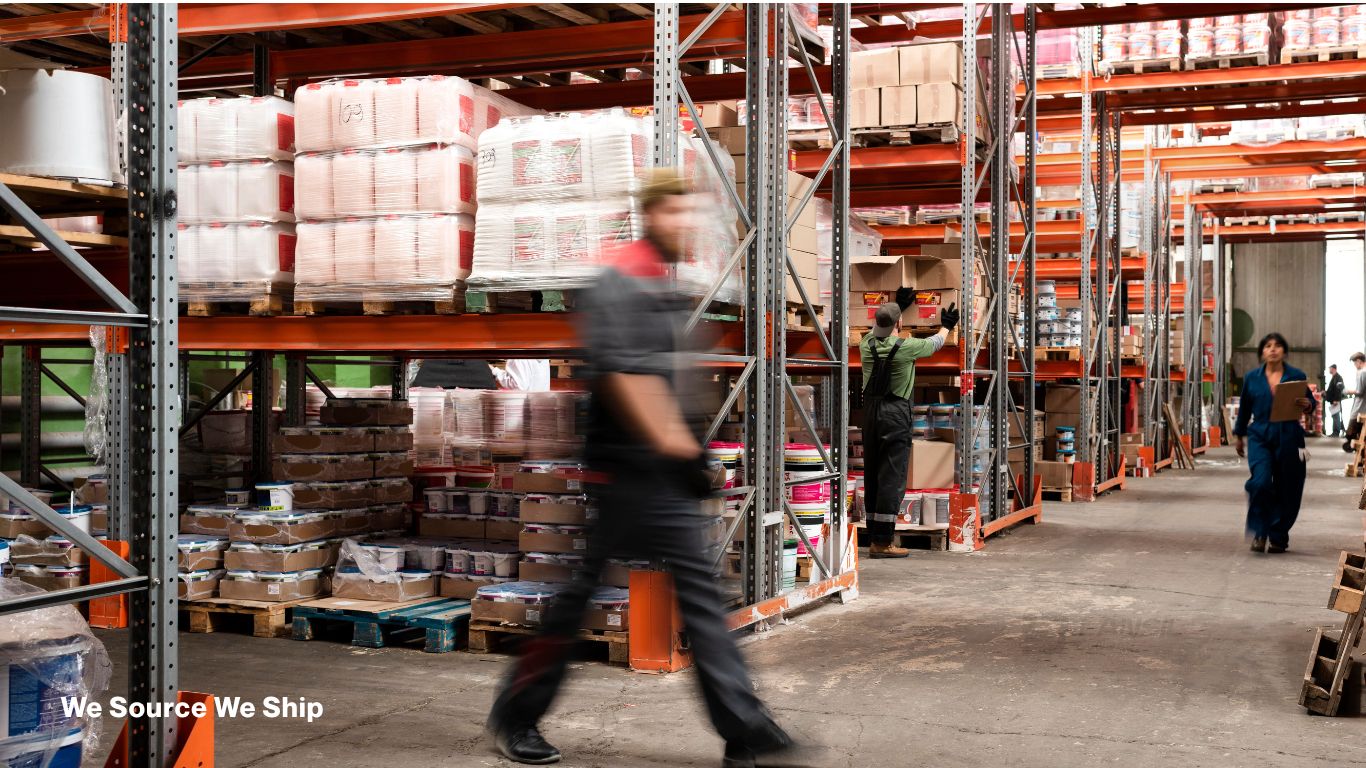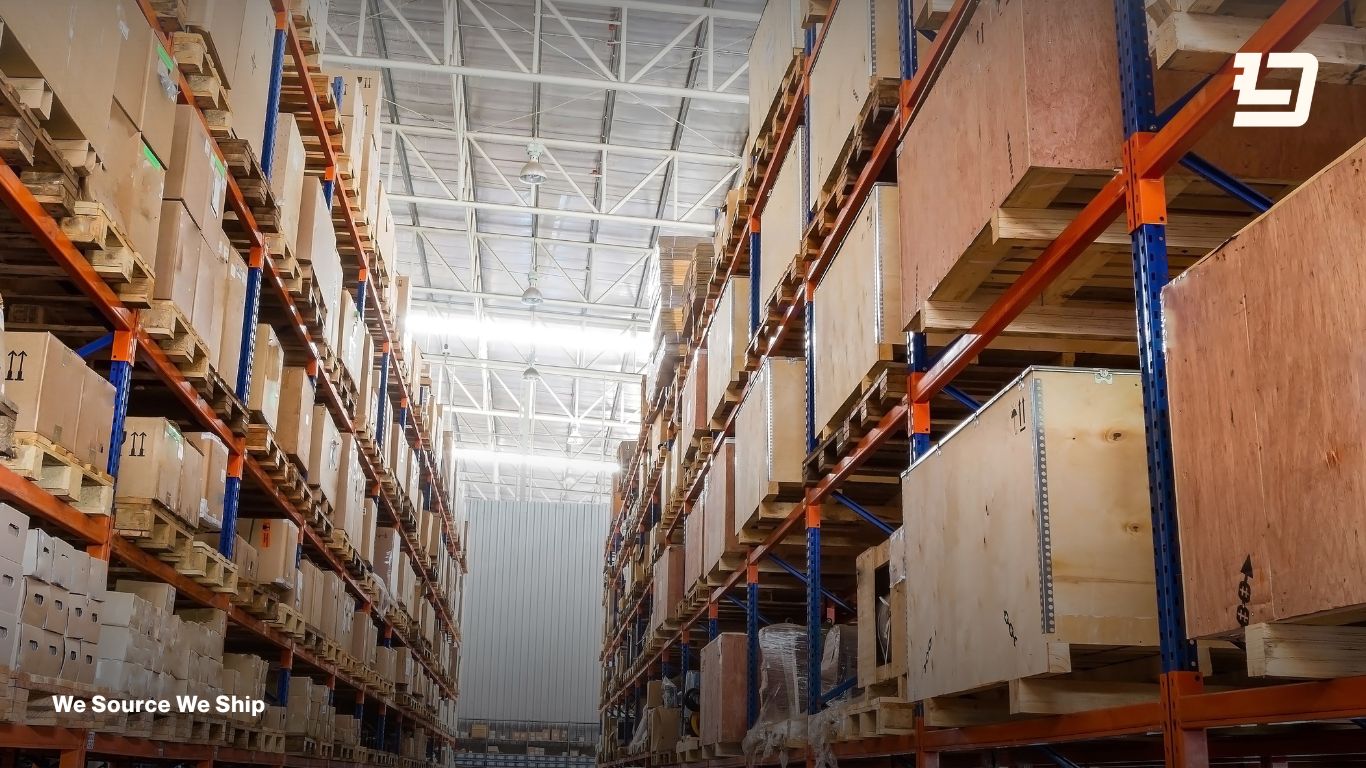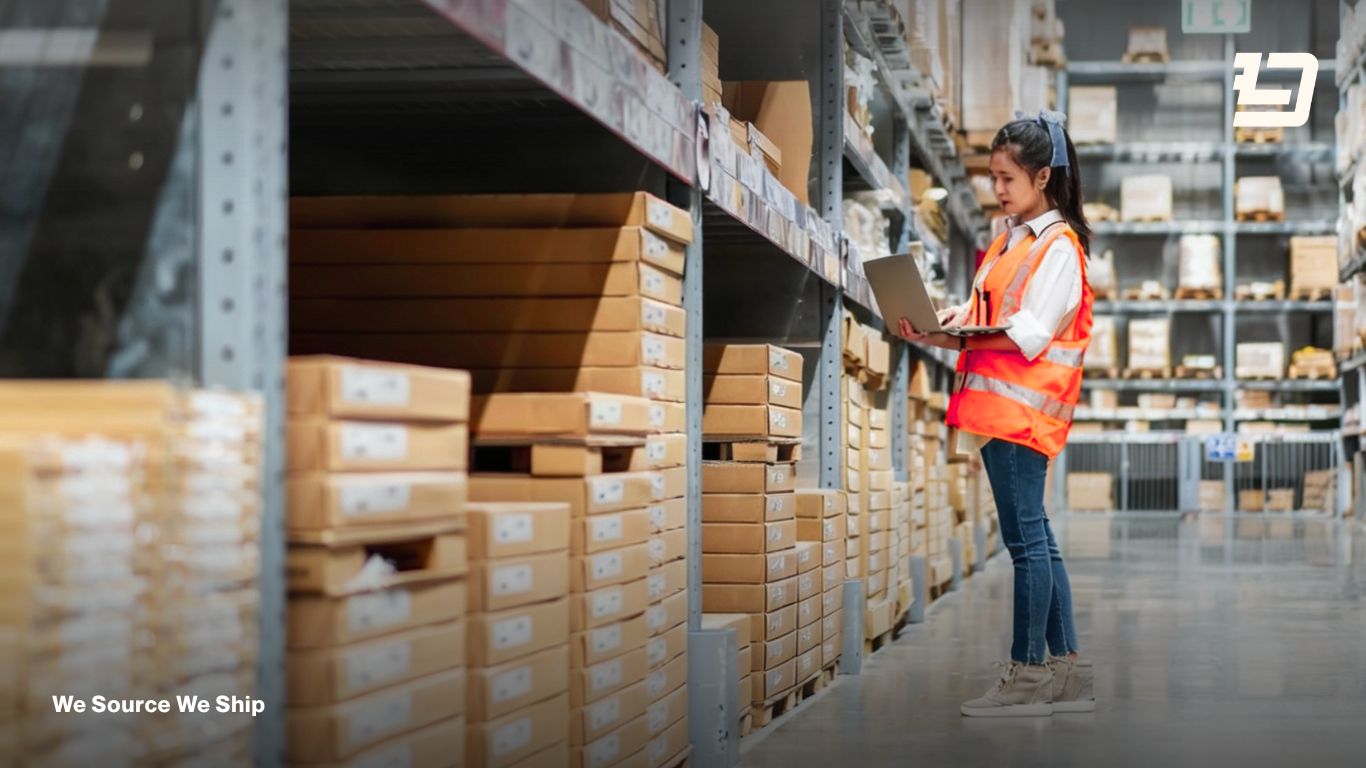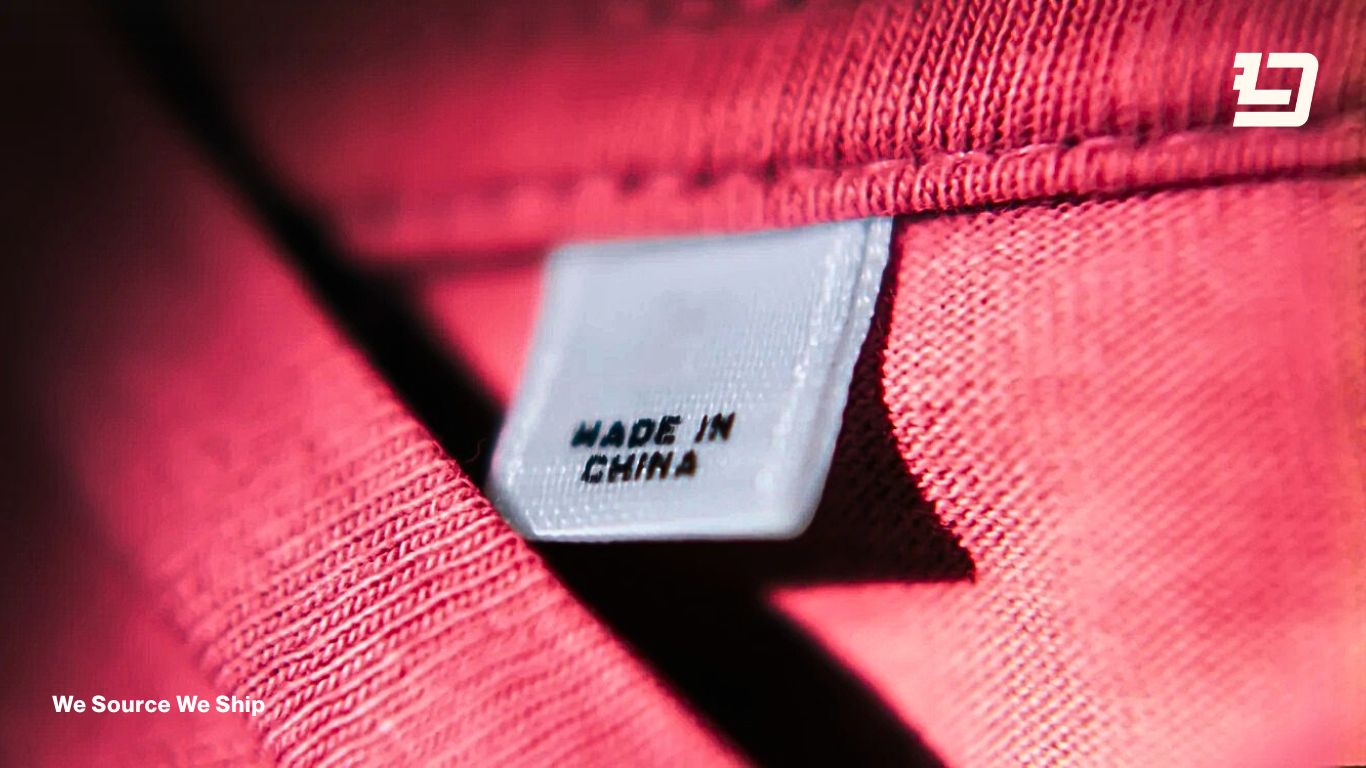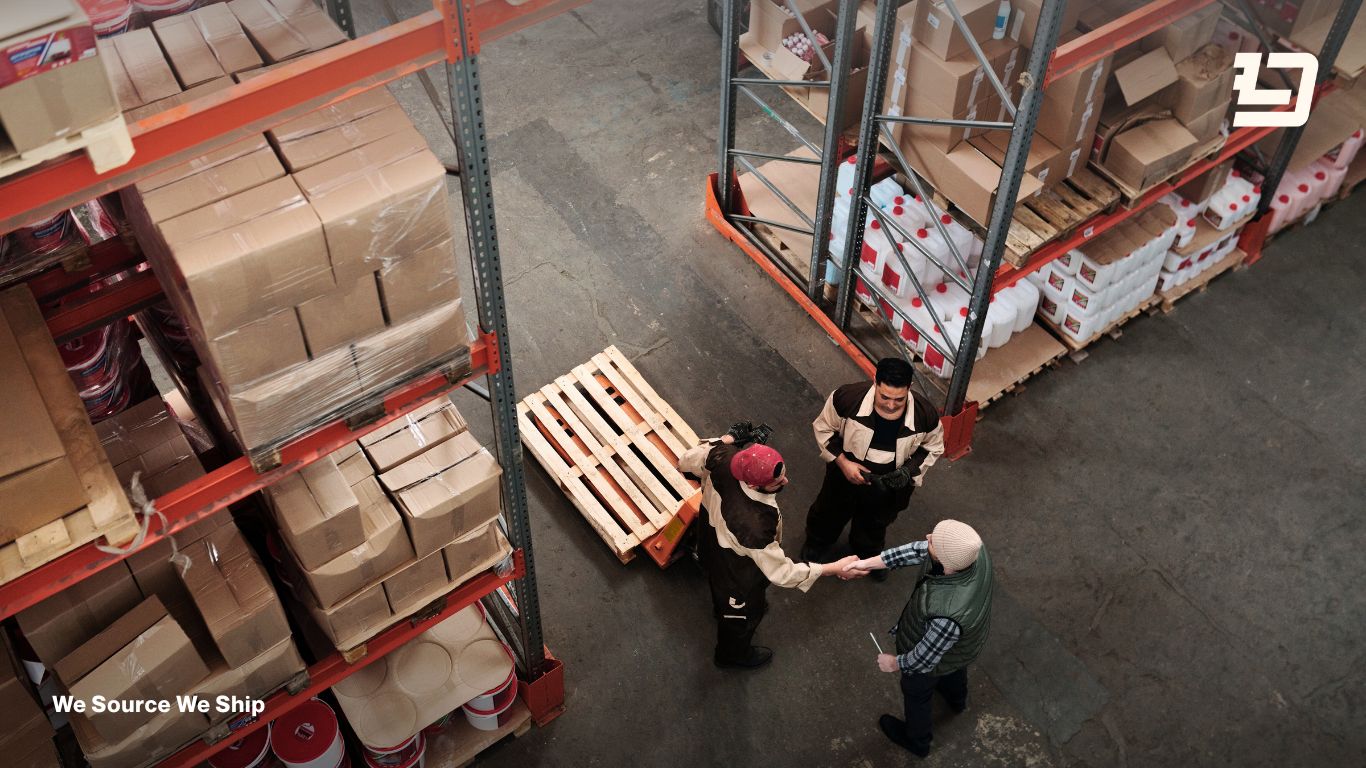Running an ecommerce brand means juggling products, customers, and delivery timelines while trying to grow the business.
At first, handling fulfillment in-house might seem easy. You store boxes, print labels, and ship orders yourself. But as your store grows, those boxes multiply, and delivery timelines become harder to manage. Logistics start taking more of your time than marketing or product development.
That is when third-party logistics (3PL) becomes more than a convenience. It becomes a strategic move to scale efficiently.
Global ecommerce sales are projected to hit 6.42 trillion USD in 2025, which will make up more than one fifth of all retail spending worldwide. Shoppers are raising the bar too. Many now expect their orders to arrive fast, and a 2025 report shows that roughly 66% of online buyers in the United States expect free shipping on every purchase.
Meeting those expectations while keeping costs under control is nearly impossible without help from a reliable 3PL.
What Is 3PL and How It Fits into Ecommerce
Third-Party Logistics (3PL) means outsourcing your logistics operations such as storage, inventory control, order fulfillment, and returns to a specialized partner.
Instead of managing your own warehouse or hiring staff, you work with a company that already has the systems, workforce, and experience to handle fulfillment at scale.
| Type | Who Handles Logistics? | Example |
|---|---|---|
| 1PL | The merchant | A local brand shipping orders directly from home |
| 2PL | A transport provider | A courier or trucking company handling deliveries |
| 3PL | A logistics partner | A provider managing storage, packing, and shipping |
| 4PL | A logistics orchestrator | A company coordinating multiple 3PLs and supply chain data |
3PLs are especially popular among Shopify, WooCommerce, and Amazon sellers because they integrate directly with storefronts to automate fulfillment and real-time tracking.
How a 3PL Works
A good 3PL acts as your silent logistics team. Here is what happens step by step.
1. Receiving and Storage
Your inventory arrives at the 3PL’s warehouse. The team checks it for damage, verifies quantities, and logs every SKU into a warehouse management system for real-time tracking.
2. Order Fulfillment
When a customer places an order, it automatically syncs to the 3PL’s system. The staff picks, packs, and labels it according to your brand’s requirements to ensure accuracy and consistency.
3. Shipping and Delivery
3PLs use their shipping volume to negotiate discounted carrier rates. They also optimize delivery routes and provide tracking updates directly to you and your customers.
4. Returns and Reverse Logistics
Returns are handled through the 3PL’s system. Each item is received, inspected, restocked, or disposed of according to your brand’s policy.
This process creates a smooth customer experience from checkout to delivery and return.
The Benefits of Using a 3PL
Working with a 3PL offers several long-term advantages.
1. Lower Costs and Better Margins
Running a warehouse, hiring staff, and managing shipping materials is expensive. 3PLs spread those costs across clients, so you only pay for the space and services you use. Many also offer shipping discounts that reduce costs by up to 20%.
2. Easier Scaling
When sales surge, a 3PL adjusts instantly. There is no need to rent more space or hire additional employees.
3. Faster Delivery and Happier Customers
Warehouses near major customer regions shorten delivery times. Faster deliveries build trust, improve reviews, and increase repeat orders.
4. Time Back for Growth
With logistics handled, your team can focus on marketing, product design, and building your customer base.
5. Real-Time Visibility and Data
Modern 3PLs provide live dashboards for order tracking, inventory monitoring, and performance analytics. You always know what is happening in your supply chain.
When to Know You Are Ready for a 3PL
If logistics are slowing your growth, it may be time to outsource fulfillment. The table below shows common signs that your brand is ready.
| Sign | What It Looks Like | Why It Matters |
|---|---|---|
| You spend more time packing than growing | You or your team handle shipping every day. | Manual fulfillment steals time from marketing, sales, and planning. |
| Your space is running out | Boxes and pallets fill your workspace. | Overcrowded storage leads to mistakes and stress. |
| Delivery times are inconsistent | Orders that used to ship in 24 hours now take several days. | Slower delivery reduces customer satisfaction and repeat orders. |
| You are expanding to new channels or markets | You are selling on Amazon, TikTok, or internationally. | Each new channel increases complexity that is hard to manage alone. |
| Returns are becoming difficult | Restocking and refunding take too long. | 3PLs automate returns and improve the customer experience. |
| Shipping rates are high | You pay retail carrier prices. | 3PLs use bulk rates to lower your cost per shipment. |
How to Choose the Right 3PL Provider
Choosing a 3PL is about finding a long-term logistics partner that understands your business and goals.
1. Ecommerce Expertise
Work with providers that focus on ecommerce fulfillment. They should already integrate with platforms like Shopify, WooCommerce, and Amazon.
2. Warehouse Network and Locations
Fulfillment speed depends on warehouse placement. Dual-coast U.S. coverage ensures 2 to 4-day delivery nationwide, while a China warehouse supports international orders at lower cost.
3. Technology and Integration
A strong 3PL automates order syncing, provides real-time tracking, and integrates with your ERP or CRM system for accurate data management.
4. Scalability and Peak Season Readiness
Ask how the provider manages volume spikes during holidays or product launches. The best 3PLs can expand capacity without sacrificing accuracy.
5. Returns and Reverse Logistics
Returns should be simple for both you and your customers. Ask about restocking options, inspection processes, and branded return portals.
6. Communication and SLAs
Reliable communication is key. Look for service-level agreements that define shipping accuracy, order speed, and inventory reporting.
How to Choose the Right 3PL Provider
Choosing a 3PL is about finding a long-term logistics partner that understands your business and goals.
1. Ecommerce Expertise
Work with providers that focus on ecommerce fulfillment. They should already integrate with platforms like Shopify, WooCommerce, and Amazon.
2. Warehouse Network and Locations
Fulfillment speed depends on warehouse placement. Dual-coast U.S. coverage ensures 2 to 4-day delivery nationwide, while a China warehouse supports international orders at lower cost.
3. Technology and Integration
A strong 3PL automates order syncing, provides real-time tracking, and integrates with your ERP or CRM system for accurate data management.
4. Scalability and Peak Season Readiness
Ask how the provider manages volume spikes during holidays or product launches. The best 3PLs can expand capacity without sacrificing accuracy.
5. Returns and Reverse Logistics
Returns should be simple for both you and your customers. Ask about restocking options, inspection processes, and branded return portals.
6. Communication and SLAs
Reliable communication is key. Look for service-level agreements that define shipping accuracy, order speed, and inventory reporting.
Why the Right 3PL Partner Matters
A third-party logistics provider is not just a vendor. It is a long-term partner that directly affects your brand’s reputation, delivery speed, and customer satisfaction.
The right 3PL combines technology, infrastructure, and expertise to help you scale efficiently. They simplify operations, improve order accuracy, and keep costs predictable as your business grows. A good logistics partner provides transparent communication, data visibility, and flexible capacity so you can adapt to demand without losing control of your customer experience.
The reason successful brands grow steadily is strategy, not luck. Choosing a 3PL that aligns with your goals ensures that your supply chain runs smoothly, your margins stay protected, and your customers stay loyal.
Lansil Global’s China and U.S. 3PL Network
Lansil Global runs a connected 3PL system across China, Nevada, and Pennsylvania, giving ecommerce brands full control of both global and domestic fulfillment in one plan.
China 3PL for Global Fulfillment
The Shenzhen warehouse supports brands manufacturing in China with inspection, labeling, packaging, and worldwide delivery to over 170 countries through couriers like YunExpress, 4PX, and DHL. This setup lets brands ship directly from the factory to customers, cutting costs and reducing handling. Orders ship under DDP (Delivered Duty Paid) terms to simplify customs and ensure consistent packaging and branding.
U.S. 3PL for Domestic Fulfillment
The Nevada and Pennsylvania warehouses handle U.S. fulfillment with 2 to 4 day delivery nationwide. They manage orders for Shopify, Amazon, and TikTok Shop, along with Amazon FBA prep, wholesale shipments, returns, and relabeling. Dual-coast coverage shortens transit times and lowers last-mile shipping costs.
Hybrid Fulfillment for Growing Brands
Many brands use a hybrid setup, storing bulk stock in China and fast-moving items in the U.S. This approach balances cost and delivery speed, allowing global fulfillment from China and faster service for U.S. customers. It gives brands flexibility, prevents stockouts, and supports efficient international growth.
Working with a reliable 3PL is one of the smartest steps for a growing ecommerce brand. But fulfillment alone is not enough. Real results come from a system that connects sourcing, storage, and delivery into one smooth process. Contact us and take your fulfillment to the next level.


